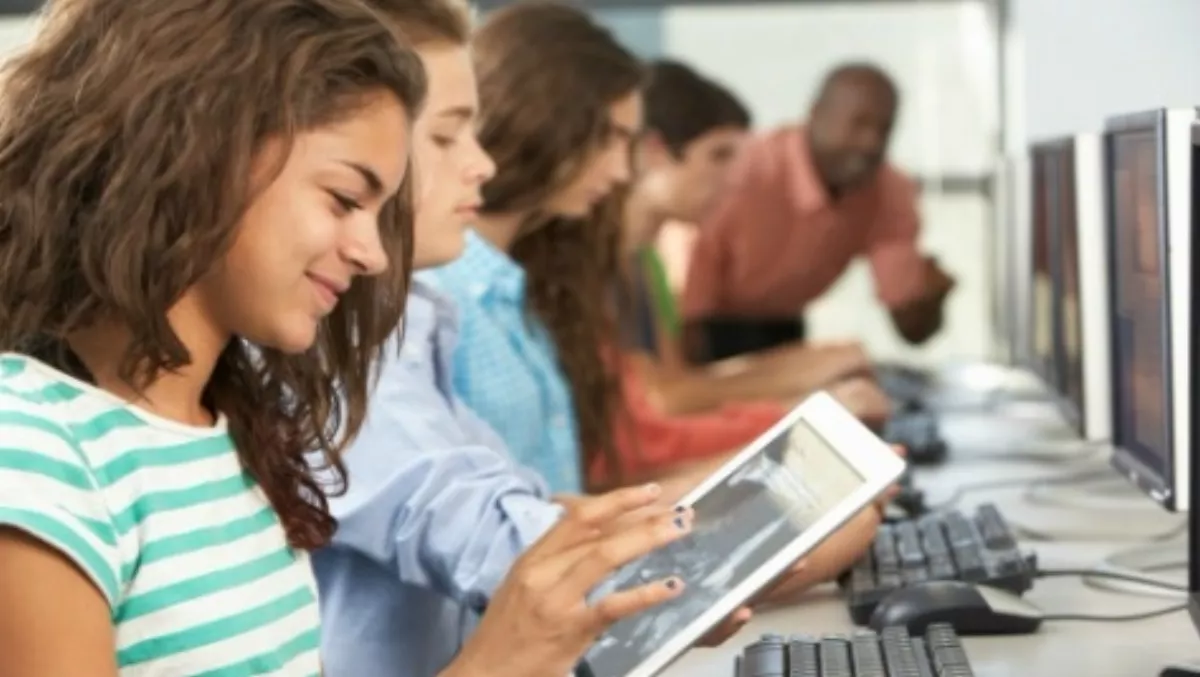A new report released last week by the 2020 Trust shows over 75% of schools are noticing an impact on student achievement as a result of using digital technologies in the classroom.
The 2020 Trust has carried out the Digital Technologies in New Zealand Schools survey every 2-3 years since 1993. It provides a unique base of information on the ways that schools are integrating ICTs to enhance learning and the challenges they face.
Laurence Millar, 2020 Trust chair, says the rapid growth of personal digital devices used by students for learning appears to be creating new challenges for schools.
“It is encouraging to see that most schools (75%) already include personal digital devices in their ICT plans or are planning to within the next 12 months,” said Laurence Millar.
He says 80% of schools reported that students are using personal digital devices, with 49% of schools indicating that the devices are being used in all classes (25%) or most classes (24%).
“Our survey also indicates that students in half of all schools are starting to bring their own devices to schools, although only 12% schools reported that more than half of students were doing this.”
Millar says teachers might not be ready for the increase in technology as only 14% schools reported that all their teachers have the skills to manage classrooms with personal student devices.
“We hear anecdotal evidence that some teachers ask their students to switch their devices off during classes. In our view, that defeats the purpose of having the devices in the first place.”
“Our report confirms that most schools are still in the early stages of adoption of 1:1 learning devices. The survey also reported a slight backward trend in the adoption of digital technologies by teachers”.
Millar says in 2011, schools reported about half of teachers were in the top two stages of technology adoption - ‘adaptation to other contexts’ and ‘creative application to new contexts’. However the 2014 report indicates a drop to 35%, suggesting that teachers are now feeling more challenged by the technologies than they were 3 years ago.
“This is understandable given the rapid shift from teacher-led learning in specialised computer laboratories, which is where we have come from in the 1990s to today’s ubiquitous 24/7 access using personalised digital devices,” he says.
Millar says in higher decile schools, there is a noticeable reduction in the number of school-owned computers, but the national average of one school-provided computer for every three students has remained the same as in 2011.
“While there is a growing use of personal digital devices in schools, most of these are being provided by the schools themselves and only a small percentage of schools (11%) allow students to take the devices home.”
“We understand the reasons for this. Schools are accountable for assets purchased with operating grant funds and devices taken home are much more likely to be damaged, lost or even stolen.”
“But, if devices are available to students only during school hours, it is going to be a real challenge to realise the hoped-for transformations in learning outcomes and student achievement from this new future-focused learning environment.”
The report shows nearly all schools (91%) are now using digital technologies to communicate with parents and caregivers, including the school’s website and learning management systems. But only a few have opened their facilities to provide digital skills training for parents and caregivers (14%) and the wider community (16%).
“With over half of all schools connected to ultrafast internet broadband, this creates a special opportunity for schools to become community digital hubs. But 66% of schools say they need more information to understand exactly what this means.”



